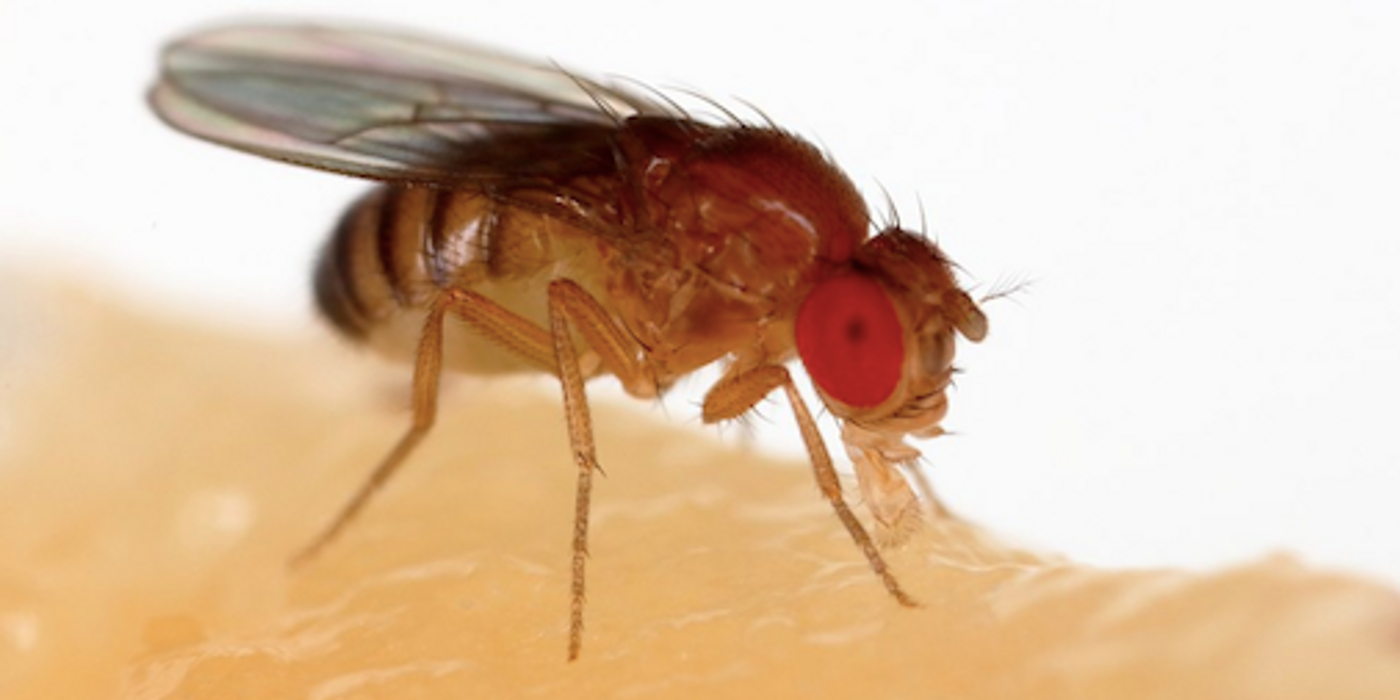Clues to Immortality From the Fruit Fly Genome
The secrets to immortality may lie in an unexpected place - fruit fly stem cells. Researchers led by Howard Hughes Medical Institute (HHMI) Investigator Yukiko Yamashita have found that some stem cells have a genetic trick to remain young forever across generations. While some areas of the fruit fly genome get shorter as they age, some reproductive cells are able to fix that shortening. Once observed only in yeast, this work, reported in eLife, has revealed more about aging, and how some cells can avoid it.
This work focused on critical genes in ribosomal DNA, rDNA. Ribosomes are cellular organelles that act as protein factories. That rDNA is repeated in several areas of the genome because many ribosomes are needed to make all of the proteins the body needs. Five chromosomes each have spots with hundreds of copies of rDNA. However, that type of redundant sequence can be difficult for cells to replicate accurately every time cell division happens.
"The end result is that some copies are lost every cycle," Yamashita explained. "They are popping out of the chromosome."
This loss has been seen in single-celled yeast, but until now nothing has been known about the role of rDNA in aging in multicellular organisms. Yamashita and her team assessed rDNA genes found in the stem cells of fruit fly testes. Those are called germline stem cells and can divide continuously to make a sperm cell as well as a copy of themselves each time.
Fruit flies carry rDNA hotspots on X and Y chromosomes. Old males were found to have fewer rDNA genes on their Y chromosome compared to young males. It was determined that the shrunken Y chromosome can also be passed on to the next generation. Elderly fruit fly fathers were found to pass down fewer rDNA genes to their sons. Yamashita and colleagues saw that sons born to old fathers had significantly fewer rDNA copies than sons of young fathers.
However, something surprising was seen after following up on those sons. Many of them recovered the loss of rDNA. "This recovery was something we really didn't expect," Yamashita said.
It may be that stem cells and rDNA rejuvenation are connected. The researchers have yet to examine this phenomenon in females, or if similar mechanisms are seen in humans.
Yamashita suggested that these types of processes may indeed be at work in some kinds of human cells, like stem cells or cancer cells. "Of course, we are not flies," she noted, but she thought it likely that some immortal cells carried by people can perform the same rejuvenation technique to stop the decline of rDNA.
Sources: AAAS/Eurekalert! Via HHMI, eLife









